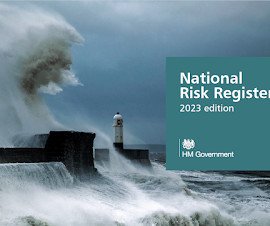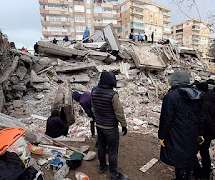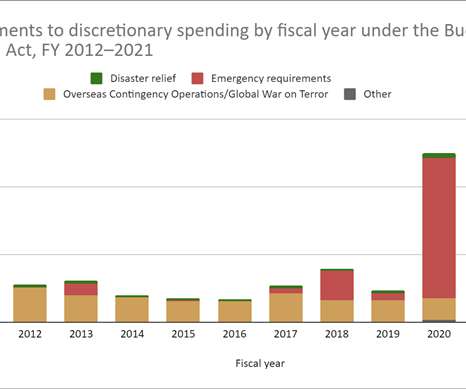The United Kingdom's National Risk Register - 2023 Edition
Emergency Planning
AUGUST 3, 2023
The new version presents 89 major hazards and threats that could potentially disrupt life in the United Kingdom and possibly cause casualties and damage. It explains its own rationale and presents the 89 'risks' one by one. Hence, the risk register largely discusses hazards and threats, not risks sensu stricto. (c)































Let's personalize your content